When you buy medicine, you expect it to work - or at least not to hurt you. But what if the pill you swallowed wasn’t just weak or ineffective? What if it was laced with something that could stop your heart, wreck your kidneys, or blind you? This isn’t science fiction. It’s happening right now, in homes, pharmacies, and online stores around the world.
Counterfeit Drugs Aren’t Just Fake - They’re Poisoned
Most people think counterfeit drugs are just bad copies - maybe they don’t contain the right medicine, or the dose is too low. That’s dangerous enough. But the real horror lies in what’s added on purpose. These aren’t mistakes. They’re deliberate choices made by criminals who don’t care if you live or die. In 2022, the CDC reported that 73,838 people in the U.S. died from drug overdoses - and nearly all of those involved counterfeit pills. Not heroin. Not cocaine. Fake oxycodone or Xanax tablets that actually contained fentanyl. One pill. One dose. Enough to kill an adult. Some pills had up to 3.2 milligrams of fentanyl - that’s 320 times the lethal dose for someone who’s never used opioids before. And it’s not just opioids. Counterfeit weight-loss pills have been found with heavy metals like lead and mercury at levels 120 times higher than what’s considered safe. These aren’t trace amounts. They’re poison. Long-term exposure causes brain damage, kidney failure, and nerve destruction. One 2022 study found that people who took these pills developed new-onset diabetes because the fake products contained hidden diabetes drugs - thiazolidinediones - at uncontrolled, dangerous doses.What’s Actually in These Pills? The Four Deadly Categories
There are four main types of contaminants found in fake drugs, and each carries its own nightmare scenario.- Microbial contaminants: Bacteria and fungi in injectable fake drugs. In 2019, the FDA found falsified epinephrine vials in Texas contaminated with Pseudomonas aeruginosa. Seventeen people ended up in the hospital with life-threatening infections. This isn’t dirt - it’s a biohazard.
- Industrial solvents: Ethylene glycol and diethylene glycol. These are antifreeze ingredients. In 2022, 66 children in the Gambia died after drinking fake cough syrup laced with this chemical. Their kidneys shut down. No warning. No treatment. Just death.
- Heavy metals: Lead, arsenic, mercury. Found in counterfeit weight-loss pills, erectile dysfunction drugs, and even fake cancer treatments. These metals build up in your body over time. One study showed 23.4% of fake diet pills had metal levels high enough to cause acute organ failure.
- Unapproved pharmaceuticals: Fake Viagra pills often contain sildenafil analogues at 80-220mg per tablet. The approved dose is 25-100mg. Too much causes priapism - a painful, hours-long erection that can permanently damage penile tissue. Between 2020 and 2022, over 1,200 cases were documented.
And then there’s the silent killer: subtherapeutic doses. Fake malaria pills with barely any artemisinin don’t just fail to cure - they train the parasite to resist real medicine. In Cambodia, treatment failure rates hit 35% because counterfeit drugs created a breeding ground for drug-resistant malaria. That’s not just your problem. It’s everyone’s.
Who’s at Risk? It’s Not Just Developing Countries
For years, people thought counterfeit drugs were a problem only in poor countries. That’s outdated. In 2023, Interpol seized over 11 million fake medical products across 92 countries. The U.S. and Europe are now ground zero for fentanyl-laced pills sold as Adderall, Xanax, or Percocet. The FDA’s 2023 Operation Purple Surge found 9.2 million counterfeit pills - nearly all containing fentanyl. The average dose? 1.87mg per pill. That’s 187 times the lethal dose. And these aren’t hidden in back-alley markets. They’re sold on Instagram, Snapchat, and TikTok. Teens are buying them because they think they’re getting party drugs. They’re getting death. Even in Australia, where regulations are strong, fake Ozempic vials have been found containing insulin glargine instead of semaglutide. Over 140 people suffered severe hypoglycemia. One woman nearly died. She bought it from a website that looked like the real thing.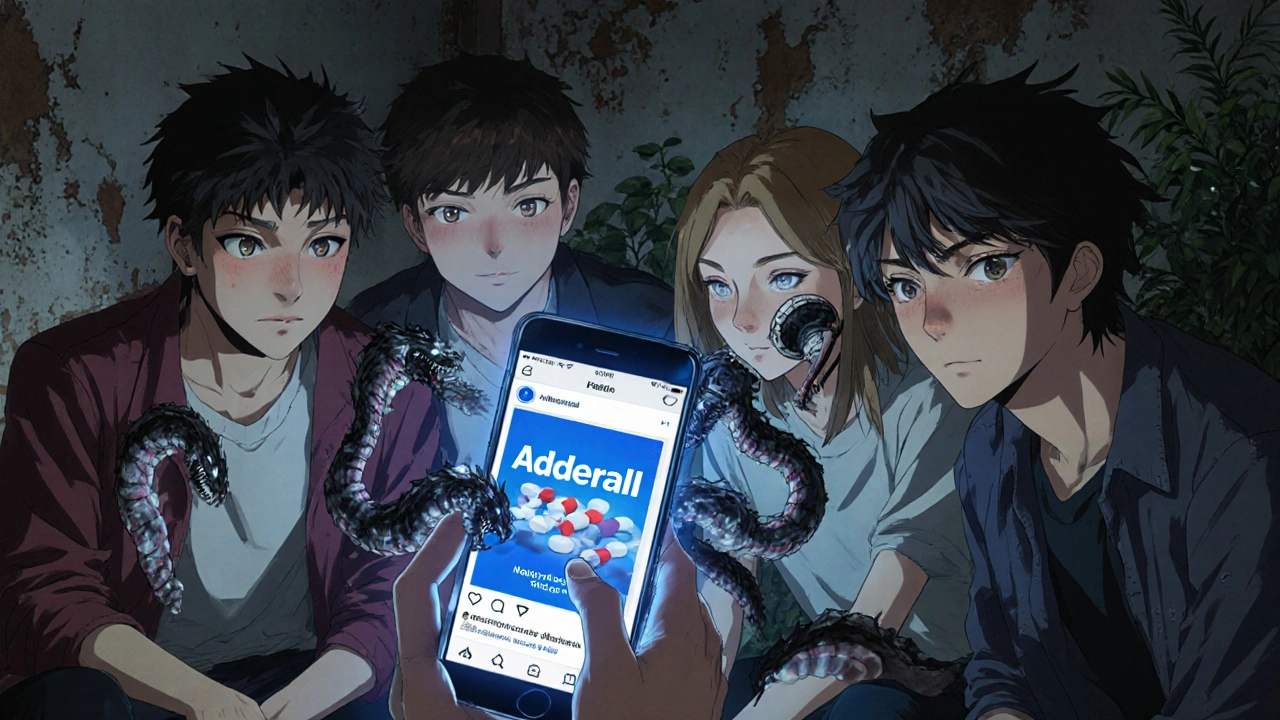
How to Spot a Fake - And Protect Yourself
You can’t tell by taste. You can’t tell by smell. But you can spot warning signs.- Check the packaging: Misspelled words, blurry logos, mismatched colors, or different fonts are red flags. Real pharmaceutical packaging is precise. Counterfeiters cut corners.
- Never buy from unknown websites: 96% of online pharmacies selling prescription drugs are illegal. Only 6,312 out of 38,000 sites are verified by VIPPS. If it doesn’t require a prescription, walk away.
- Look for tampering: Broken seals, cracked blister packs, or pills that look different from what you’ve taken before - even slight variations in color or shape - mean it’s not real.
- Ask your pharmacist: Pharmacists are trained to spot fakes. A 2022 study showed they can catch 83.7% of counterfeit drugs just by visual inspection. If something feels off, ask.
There’s also new tech helping. The FDA’s new Counterfeit Drug Sensor (CDS-1) can scan a pill in seconds and detect chemical contaminants with 97.3% accuracy. It’s not yet in every pharmacy - but it’s coming. Until then, your eyes and instincts are your best tools.
Why This Is Getting Worse - And What’s Being Done
The counterfeit drug market is now worth $200 billion - up from $75 billion in 2010. Why? Because it’s easy, profitable, and rarely punished. A single batch of fentanyl pills costs less than $50 to make. Sell them as OxyContin, and you make $50,000. No one gets caught. But there’s hope. Blockchain tracking in drug supply chains has cut counterfeit infiltration by 73% in pilot programs across 12 countries. Countries like India and Brazil are now using digital verification codes on medicine boxes. If you scan it and it doesn’t match, you know it’s fake. The WHO’s Medical Product Alert system now tracks over 47 specific fake products. The latest alert, from October 2023, warned about fake Ozempic. If you’re using a diabetes or weight-loss drug, check the alert list before you refill.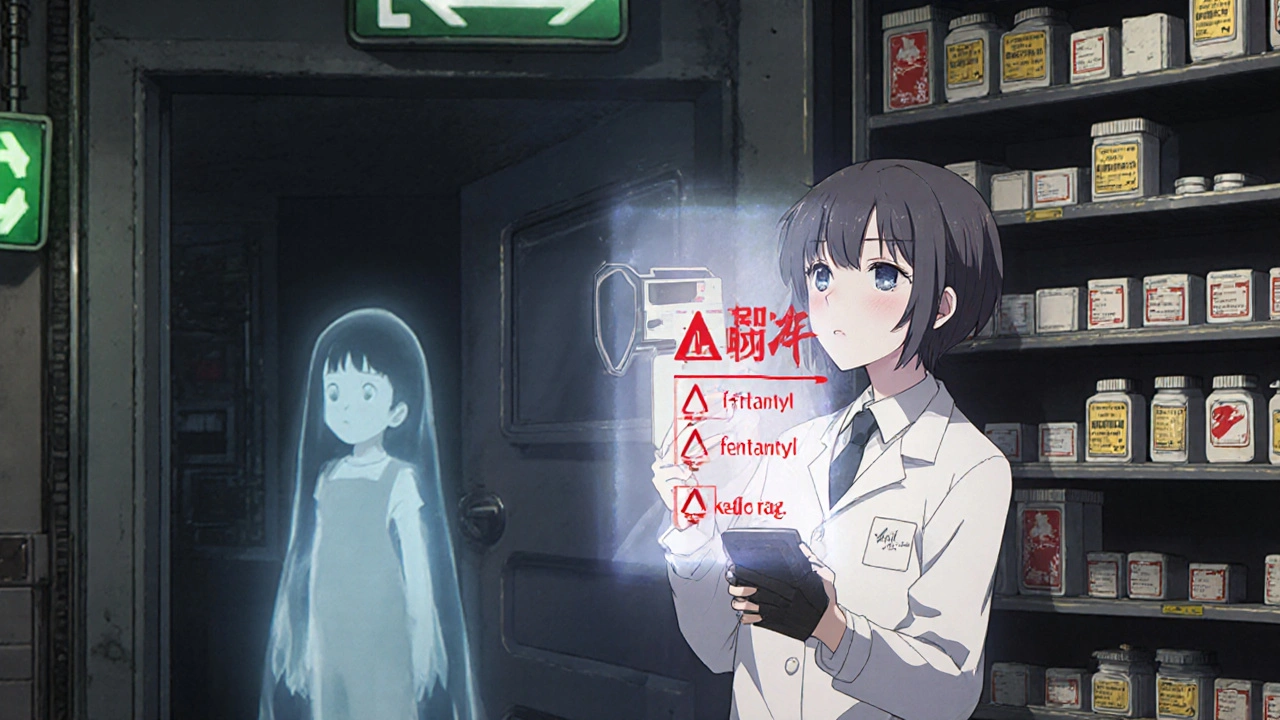
What Happens If You’re Exposed?
If you think you’ve taken a fake drug, don’t wait. Call poison control. Go to the ER. Symptoms vary by contaminant:- Fentanyl exposure: Drowsiness, slow breathing, blue lips, unconsciousness
- Heavy metals: Nausea, abdominal pain, numbness, confusion, dark urine
- Antifreeze chemicals: Vomiting, seizures, kidney pain, no urine output
- Unapproved diabetes drugs: Sweating, shaking, fainting, confusion
There’s no antidote for most of these. Treatment is supportive - fluids, dialysis, ventilation. Prevention is the only real cure.
Final Warning
Counterfeit drugs aren’t a victimless crime. They’re a public health emergency. Every pill you buy from a stranger online, every Instagram ad promising miracle weight loss, every $5 Xanax from a friend - it’s not a gamble. It’s Russian roulette with your organs. The system is broken. But you don’t have to be part of the problem. Buy from licensed pharmacies. Verify your prescriptions. Question anything that looks off. And if you see someone selling pills online - report it. Your silence could cost someone their life.Can counterfeit drugs be detected at home?
You can’t reliably detect chemical or microbial contaminants at home. But you can spot visual red flags: misspelled names, poor packaging, pills that look different from previous batches, or missing batch numbers. If something feels wrong, don’t take it. Talk to your pharmacist or call poison control.
Are online pharmacies safe to buy from?
Only if they’re verified. Over 96% of online pharmacies selling prescription drugs are illegal. Look for the VIPPS seal (Verified Internet Pharmacy Practice Sites) or check the National Association of Boards of Pharmacy’s list of approved sites. If the site doesn’t require a prescription, it’s not safe.
What should I do if I think I took a fake drug?
Stop taking it immediately. Call poison control or go to the nearest emergency room. Bring the pill bottle or packaging with you. Even if you feel fine, some contaminants like heavy metals or fentanyl can cause delayed, life-threatening damage. Don’t wait for symptoms.
Why are fake drugs so common now?
Because it’s cheap, profitable, and hard to stop. A single batch of fake pills costs under $50 to make but can sell for tens of thousands. Criminals use social media and encrypted apps to sell them. Law enforcement struggles to keep up, especially when the drugs are shipped internationally. The demand is high, and the penalties are low.
Do legitimate pharmacies ever sell fake drugs?
It’s extremely rare. Licensed pharmacies are regulated and audited regularly. Most fake drugs enter the market through illegal online sellers, street dealers, or unregulated international suppliers. If you get your medication from a trusted pharmacy, your risk is very low - but always check the packaging and ask questions if something looks off.

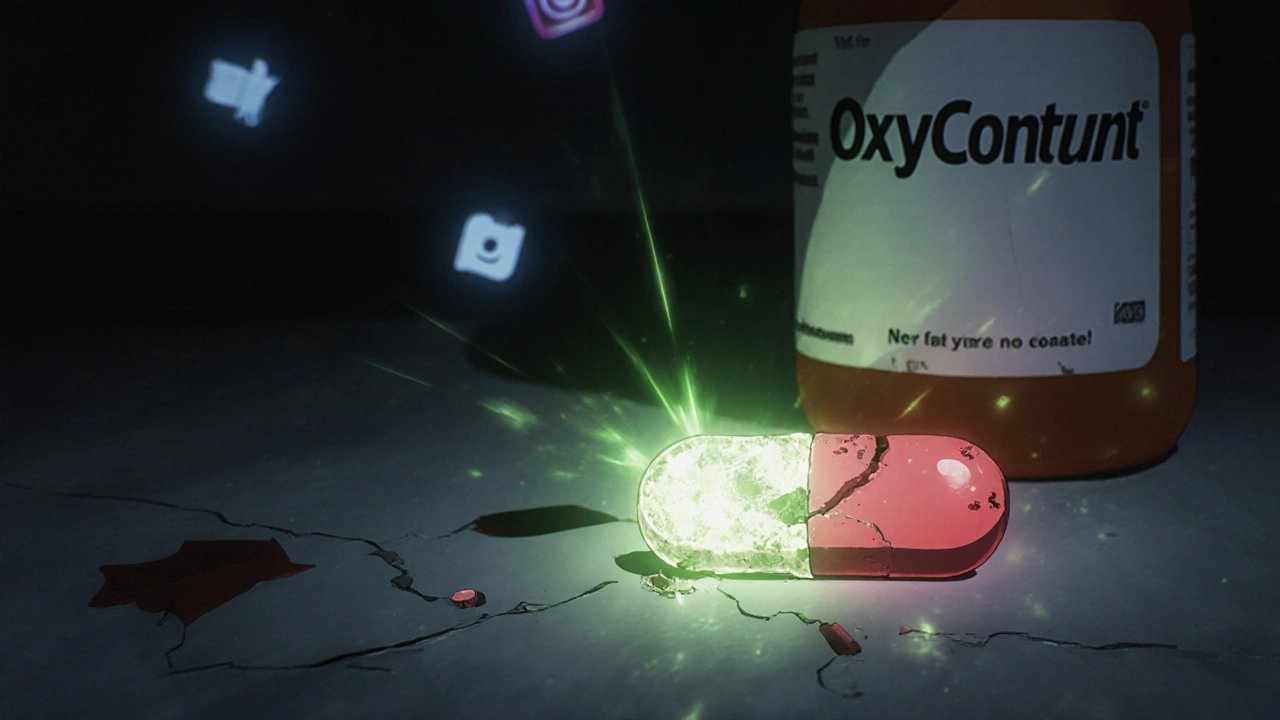
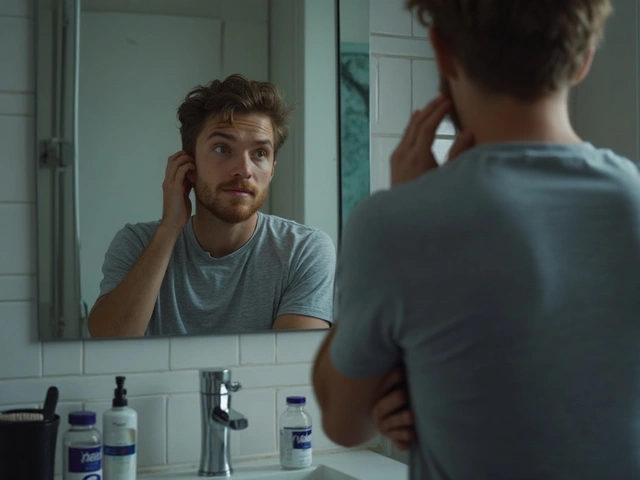
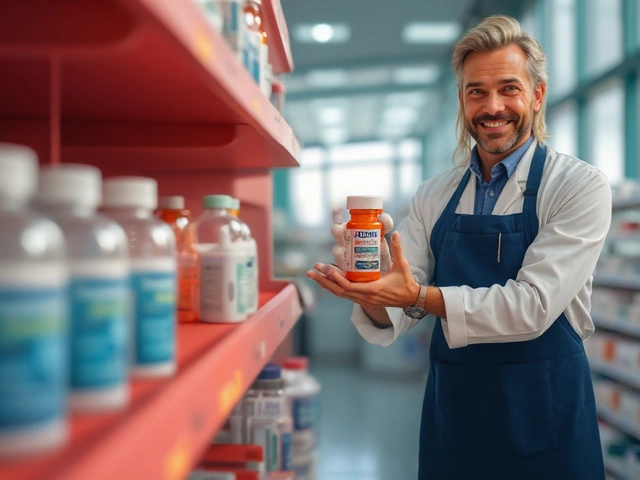

so i bought some Adderall off snapchat last month because my roommate said it was legit
turned out it was just fentanyl and chalk
woke up in the hospital with my mom crying
now i dont trust anyone not even my own shadow
in nigeria we call these fake pills 'ghost medicine' because they kill you and leave no trace
my cousin took one thinking it was Viagra
ended up in dialysis for 3 months
the guy who sold it? still selling on WhatsApp
no one gets arrested
why? because the system is rigged
they say america is the land of the free but the only thing free here is death
you think you're buying a party pill
you're actually buying a coffin with your name on it
and the government? they're too busy arguing about flags to stop this
we're not just being poisoned
we're being ignored
you ever seen a kid cry because they think they're gonna die from a pill they bought for $5?
it's not dramatic
it's real
and it's happening every single day
we need to treat this like a war
not a meme
not a trend
a WAR
and stop acting like it's not our problem
fake drugs are why India banned all online pharma sales
no more scams
no more deaths
simple
you want medicine?
go to a real pharmacy
or die
i know it feels hopeless but there are good people working on this
my cousin works with WHO in Delhi
they’ve flagged over 200 fake Ozempic batches this year
and people are finally listening
don’t give up
awareness is the first step
and you’re reading this - that means you’re already part of the solution
the blockchain pilot in the UK reduced counterfeit meds by 73% - that’s not a statistic
that’s lives saved
every pill with a QR code is a tiny act of rebellion against the dark web
we need to demand this everywhere
pharmacies
hospitals
even mail-order prescriptions
if it can’t be scanned
it shouldn’t be sold
just talked to my pharmacist yesterday
she said if you ever see a pill that looks off
even just a little
bring it in
she’ll test it for free
no judgment
no questions
just safety
why don’t more people know this?